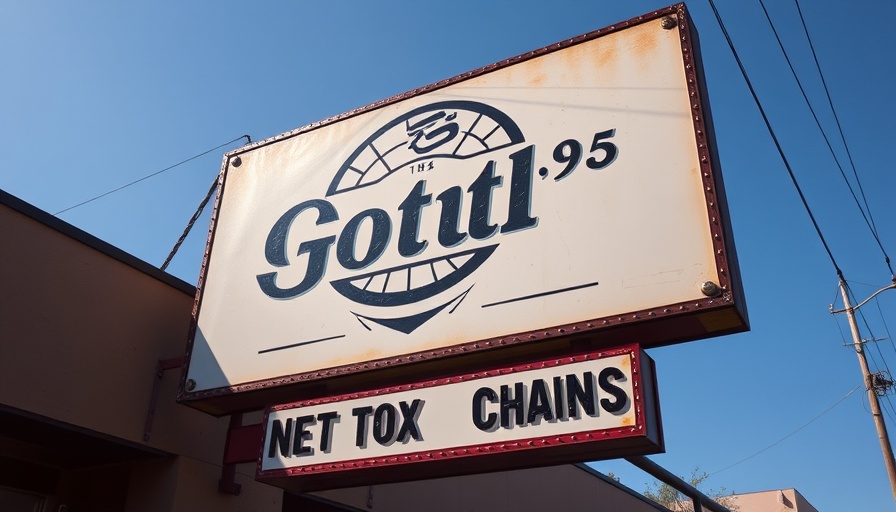
The Sweet Business Opportunity: Ice Cream Truck Ventures
Everyone loves ice cream—a universal treat that evokes childhood memories and brings joy on hot summer days. An ice cream truck business not only taps into this endearing nostalgia but also presents a lucrative opportunity for aspiring entrepreneurs. Whether you plan to cruise residential neighborhoods or attract crowds at local events, launching your own ice cream truck can yield rewarding profits.
Why Start an Ice Cream Truck Business?
Starting an ice cream truck business is appealing for various reasons:
- You adore ice cream and wish to share your passion.
- You seek independence as a business owner.
- You enjoy interacting with children and families.
But beyond personal enjoyment, there are significant financial incentives at play. With relatively low startup costs and the potential for substantial returns, the ice cream truck path is an enticing avenue for entrepreneurs.
Building Your Ice Cream Truck Business: Key Steps
To ensure your business flourishes, consider the following essential steps:
1. Research Your Competition
Start by analyzing existing ice cream truck businesses in your area. Identify what products are popular and how they market themselves. Knowledge is power in crafting a successful approach.
2. Find Your Suppliers
Strong supplier relationships are crucial. Look for vendors that can provide quality ice cream and manage timely deliveries. The location of your suppliers will influence your choices about product offerings.
3. Draft a Business Plan
Every new venture requires a solid business plan. Your plan should cover target demographics, operational hours, product variety, costs, and marketing strategies. A well-crafted plan not only clarifies your vision but is often needed for funding.
4. Establish Your Menu
The ice cream options are virtually endless, from classic flavors to unique novelties. Your menu should reflect your target market's preferences while allowing flexibility to adapt over time.
5. Register Your Business
Choose an appropriate business structure—such as an LLC—and register it to operate legally. This step is essential in protecting your personal assets.
6. Acquiring Permits and Licenses
Understand your local regulations to secure the necessary permits. Different cities may have specific licenses for food vendors, so research thoroughly.
Capitalizing on Eco-Friendly Trends
As environmental concerns grow, consider the sustainability aspect of your ice cream truck. Transitioning to electric vehicles instead of traditional diesel-powered models can drastically reduce emissions and attract customers who prioritize eco-conscious practices. Innovations, such as those pioneered by Joule Case, are leading the way for mobile businesses to go green. Investing in clean energy not only helps the environment but also aligns your business with future regulatory trends.
Marketing Your Ice Cream Truck
Effective marketing is critical to your success. Leverage social media platforms to create buzz around your brand. Posting tantalizing images of your products or sharing unique selling points can draw attention. Collaborating with local schools and communities to set up at events will also increase your visibility. And remember the nostalgia of your ice cream truck's jingle—this iconic sound is a built-in advertisement!
The Road Ahead: Your Ice Cream Empire Awaits
Once you establish your presence as the go-to ice cream truck in your area, contemplate expanding. With the ability to operate multiple trucks or diversifying your product offerings, you can enhance your business's profitability.
Ready to take the plunge into the delightful world of ice cream entrepreneurship? Research viable options for funding and learn more about equipment necessary for your venture. Start today and create a mobile business that delivers happiness—one scoop at a time!
 Add Row
Add Row  Add
Add 



Write A Comment